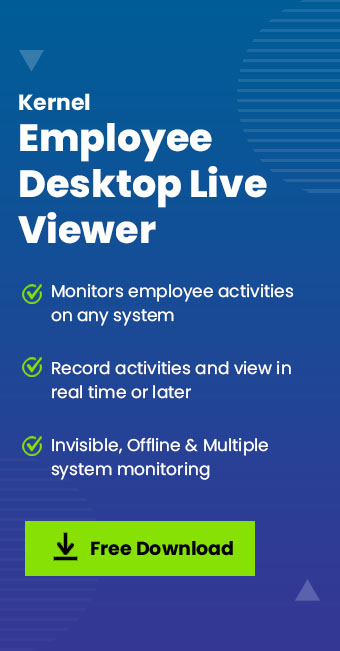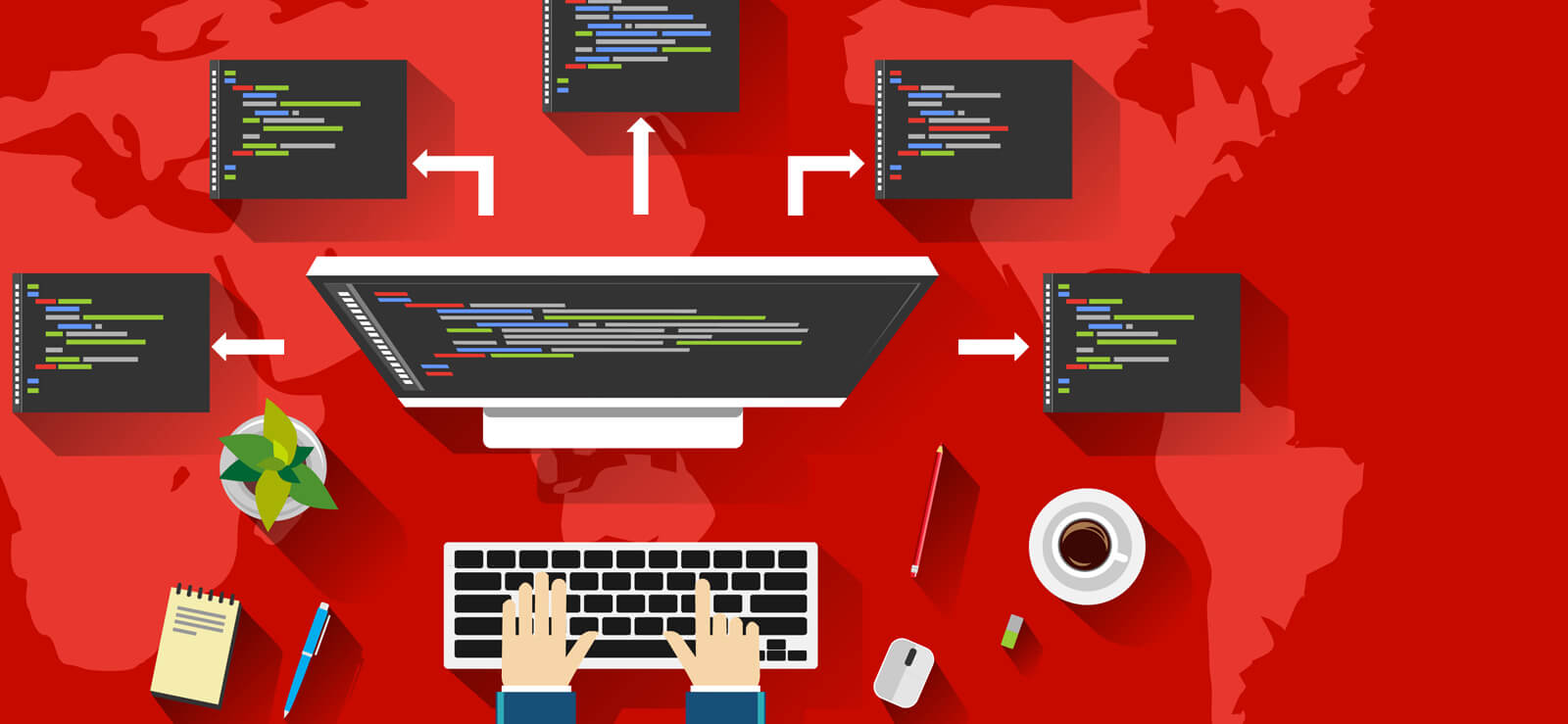Read time 4 minutes
In today’s globalized business landscape, centralized workforce management is obsolete. With companies expanding worldwide and talent sourced internationally, offering remote work opportunities, as advocated by Global Workplace Analytics, can enhance productivity. Yet, coordinating dispersed teams poses a challenge. Managers must assume proactive control and foster trust among team members.
Here are some key tips that you can keep in your mind while managing remote employees
- Tell Your Expectations Correctly
When delegating remote tasks, ensure clear expectations. Distinguish between speed and quality. By articulating objectives, employees understand your standards. Offer references such as articles, emails, and reports for clarity. - Engage with the Employees One-on-one
Even with remote work, ensure employees don’t feel isolated. Engage them one-on-one through various channels – be it regular check-ins, weekly, monthly, or yearly updates. Organize events and training to enhance their skills, fostering a sense of inclusion in the business process. - Treat Your Employees as They are Physically Present
Being accessible to remote employees helps them feel connected to the organization, acting as a morale boost. Remember, employees are accustomed to seeing you in the office. Regular communication fosters a similar sense of presence and support. - Develop a Strong Communication Strategy
A robust communication strategy is the cornerstone of a productive team. When working remotely, utilize various communication channels: direct calls, group discussions, video calls, and request regular progress reports. Prioritize urgent tasks for sustained productivity. - Do not Think About Multiple Tasks if Possible
Relying on remote employees for multitasking might not yield optimal results, as they depend on you for resources. When assigning multiple tasks, ensure clear deadlines and maintain open communication for effective execution. - Build a trust-level
While individuals working remotely can handle certain tasks independently, larger projects often necessitate collaboration. Trust among remote team members fosters an environment of efficiency akin to in-office teamwork. - Create a Physical Get Together Once in a While
Encouraging occasional in-person meetings for remote employees fosters camaraderie and teamwork. Organize events, meetings, or conferences to facilitate face-to-face interaction. These occasions are valuable for building strong interpersonal relationships among team members who may not physically work together regularly. - Train the Team Members
For a new project involving your remote team, provide thorough training to ensure independent work. Verify that all team members have access to necessary resources. Consider conducting online training sessions via video conferencing to facilitate seamless knowledge transfer. - Give the Best Tools for Flawless Work and Communication
Ensure uninterrupted collaboration and communication for your remote team with the following essential tools:- Video Calling (skype).
- Chat software (Google Hangout).
- Project Management Software (Slack, Asana, Zoho).
- HR software for employee self-service.
- Use a Monitoring Software
In scenarios where employees are dispersed across various locations, employee monitoring software becomes essential for business owners. Its purpose is to support employees when needed and to safeguard against potential data security breaches, not to intimidate them.
Conclusion
Managing a remote team requires careful planning and ongoing support. By adhering to crucial guidelines, you can effectively synchronize the team and ensure seamless operations. To streamline this process, consider using Kernel Employee Desktop Live Viewer, which records employees’ screen activities. This allows you to track their projects and assess their progress, with the option to download videos in AVI format based on specific date ranges.







